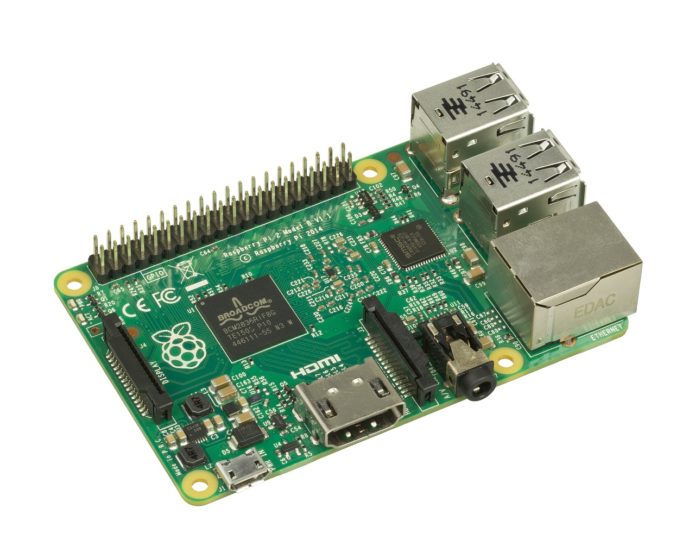The Raspberry Pi is the UK’s bestselling computer of all time, according to Computerworld. It’s not hard to see why, either, when you account for the Pi’s low asking price as well as how effectively the unit can be repurposed for a wide range of DIY electronics projects.
You can also expect these projects to consume electricity highly efficiently, as a Raspberry Pi uses a very low-voltage power supply as standard. Nonetheless, there remain certain steps you can take to streamline your Pi’s energy burden even further.
Run your Raspberry Pi on solar power
If you are currently powering your Pi through your home’s mains energy supply, you are probably burning fossil fuels in the process.
Of course, this might not actually be the case — for example, if you have snapped up a deal for renewable energy. If you haven’t done this, you could attach a compatible solar panel directly to the Pi itself, enabling it to capture energy from the sun.
Use LED technology for lighting purposes
To put a long story short, LED bulbs are much more energy efficient than traditional incandescent alternatives. This is largely because only about a tenth of the electricity channeled through the filaments of the latter is actually given off as light, with the rest wasted as heat.
In contrast, TheGreenAge reports that “LED bulbs require just 10% of the electricity used by an incandescent bulb, but produce the same amount of light.” For your Pi, you can obtain various LED add-ons from The Pi Hut’s Maker Store.
Avoid using USB/LAN connections
Of the many devices you can potentially attach to your Raspberry Pi, the most power-intensive are those depending on USB connectivity. These include mice, keyboards and hard drives.
It might not always be practically possible for you to do without USB accessories for your Pi. Still, when you know you can afford to temporarily switch off your Raspberry Pi’s USB and Ethernet BUS chip altogether, The Raspberry Pi Guide has useful instructions for you to follow.
Turn off the Raspberry Pi’s HDMI output
This particular part of the Pi can be another culprit for inefficient energy usage. For this reason, it would be advisable for you to switch off this output when you won’t need it.
This process is easier than you might have assumed. All you have to do is open a terminal window before entering the command line sudo /opt/vc/bin/tvservice -o — a string you would swap out for sudo /opt/vc/bin/tvservice -p when you want to bring the HDMI port back into action.
Remove Bluetooth from the equation
Though this form of wireless connectivity is a thoroughly tried-and-tested solution in various circumstances, you are likely to need to leverage your Raspberry Pi’s built-in Bluetooth support.
The good news is that you can disable it — and net yourself some power savings as a result. To bring all of this about, make sure the Pi’s config file reads nano /boot/config.txt before you extend it with the line dtoverlay=pi3-disable-bt and then restart the Raspberry Pi.


